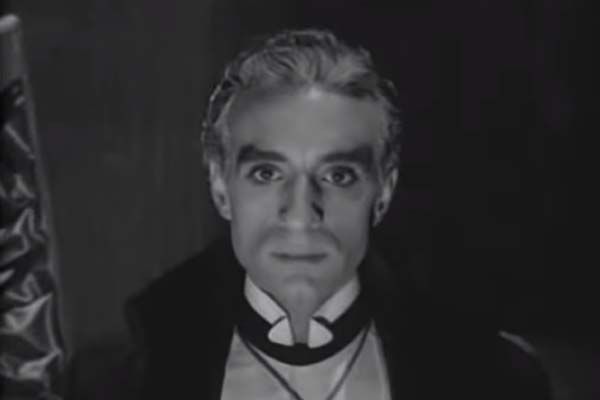Mexico's Horror Films: The Unknown and the Unexpected
In this brief review of the horror genre in Mexico, you will find the convergence of nightmarish beings, the narratives that inhabit the night, the unknown that lies shortly, and the fight against the evil of a saint from Tulancingo.





